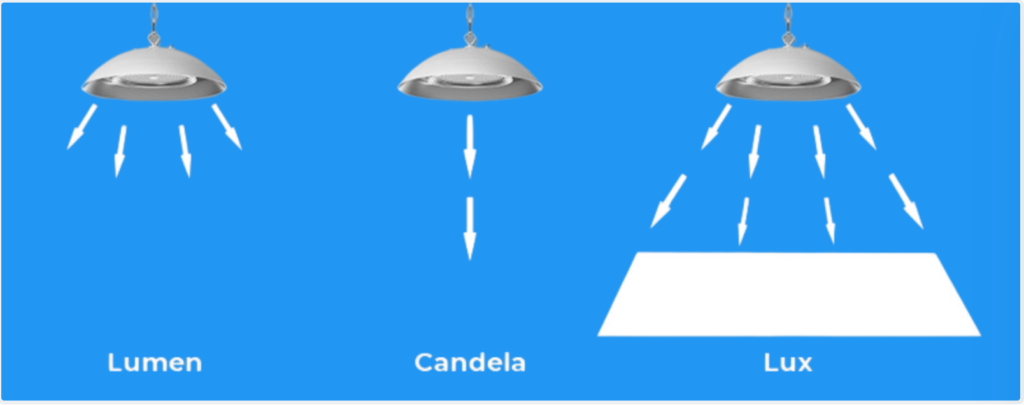Lux is a unit of measurement used to quantify the intensity of light that falls on a surface. Specifically, lux measures the illuminance or brightness of light per unit area. One lux (lx) is defined as one lumen per square meter (lm/m²).
In simpler terms, lux measures how much light is received by a given surface area. It takes into account both the total amount of light emitted by a light source (measured in lumens) and the area over which that light is distributed. Therefore, lux provides a standardized way to express the level of illumination in a particular space.
Lux is commonly used in various applications, including architectural lighting design, workplace lighting standards, outdoor lighting requirements, and photography. Understanding lux helps ensure that lighting levels are adequate for visibility, safety, and comfort in different environments. For example, workplaces may have minimum lux requirements to ensure adequate lighting for tasks, while outdoor spaces may have specific lux levels to enhance security and visibility at night.
Lux Easy Explanation:
Lux (symbol: lx) is a unit of measurement used to quantify the illumination of a surface. It measures the brightness or intensity of light falling on a specific area. Light meters often provide readings in lux values, which are commonly used in lighting design and engineering. Lux and footcandles (another unit of illumination) are directly related, with one footcandle being equivalent to 10.764 lux.
Formally, lux is a derived unit from lumen, which is a measure of the total amount of visible light emitted by a source, and lumen itself is derived from candela, the unit of luminous intensity. However, the concept of lux is more easily compared to candela than to lumen.
The main difference between lux and candela is that lux measures the illumination of a surface, while candela measures the luminous intensity in a particular direction. This difference means that the distance between the surface and the light source becomes a crucial factor. The farther the surface is from the light source, the less it will be illuminated.
At a measuring distance of 1 meter, the values for candela (lumen per steradian) and lux (lumen per square meter) are the same. This relationship is based on the fact that one steradian on a sphere with a diameter of one meter gives a surface area of one square meter.
Measurements in lux can be converted to and from candelas if the measurement distance is known. It’s important to note that when measuring LEDs, the virtual origin of the light source lies a few millimeters behind the physical point source due to the lens of the LED. This adjustment becomes relevant, especially when measuring LEDs at short distances, to ensure accurate readings.

What is lux?
How is lux different from other units of light measurement?
What does it mean if a light source has a high lux value?
How are lux and footcandles related?
What factors affect lux measurements?
How is lux measured?
What are some typical lux levels for different environments?
Can lux measurements be used to compare the brightness of different light sources?
How can lux measurements be converted to other units of light measurement?
Why is understanding lux important in lighting design and engineering?
